Co-design your organisation
At the #dtcamp14, Jens Otto Lange and I have run a session that made use of a customised version of the Value Proposition Canvas in the context of organisational change. I want to explain quickly, how we used the custom VPC within an iterative change approach based on the Lean Change Management Cycle and share our insights.
Here’s briefly what we did at our session at the #dtcamp14. The case we have used was a media company of about 1k employees facing the challenge in market change due to digitalization and looking for ways to pivot the business model. That created tension for the organisation to become more FIT for innovation. After explaining the case we’ve asked the group to split up into managers, product owners / managers and user interface designers each working on their canvas.
Starting the Lean Change Management Cycle with INSIGHTS we’ve asked the groups to us the adapted Value Proposition Canvas to collect the jobs-to-done from their perspective, related pains and gains within the context of a potential pivot. From there we used the value side of the canvas to map out organizational attributes and how these attributes may help to relieve pains or create gains.
Since time was short and we wanted to complete the full Lean Change Management Cycle we made the assumption that introducing Design Thinking to the organisation was chosen from several options. From there the groups brainstormedexperiments that could be used to move towards this goal. Here’s a quick sketch of the set-up:

Combining Value Proposition Canvas with Lean Change Management Cycle for running experiments
We believe that change happens continuously and mainly should be owned by the people who do the work, thus the responsibility of the work, managing the work and managing how to work shouldn’t be separated. So we recommend using the tool in a joint session with everyone who is affected by the change.
Not everyone is equally good or interested in designing the way of work. To make this type of thinking more accessible to a broader audience our aim is to develop easy-to-use tools, that can be used in a DIY fashion – everyone is a change agent – and to facilitate a participative organisational design process. By using the visual tools we believe that we can improve decision making within change efforts: “Sometimes people need a thing to act as a trigger for a conversation. The canvas (or any other tool) can be used as a distraction technique to get people focused on what really matters.” Jason Little, author of Lean Change Management
Insights and ideas
Using job roles as segments shows the different perspectives and how their jobs-to-be done are affected by organisational attributes in a very different fashion.
The segment map doesn’t need to be adapted to work within this context and is a perfect conversation tool to gather insights about jobs-to-be-done, pains and gains.
Particularly making use of the social and emotional jobs-to-be-done helps to frame a picture of potential resistance and to come up with options for change.
We don’t believe in a ‘set the goal as ideal future state and then work towards it’ approach of change and thus it should be made clear that the canvas should cover the current state – and progress when moving on with the Lean Change Cycle.
Coming up with the organisational value proposition side isn’t easy and thinking in this area needs good questions. We’ll come up with a list as we move further with the development of the tool.
We believe the tool can be used as a scorecard to continuously gather insights within a defined or organic change effort.
Another approach of using the Organisational VPC would be to split the group into one that is working on the value proposition side and the others working on the different segment maps; we expect some interesting Aha!’s when then trying to find the fit.
Jason Little made a point when we were discussing the Organisational VPC at his Lean Change workshop in Hamburg: we can look at the pain / pain relievers as adaption, making the organisation fit by removing obstacles and the gains/ gain creators as transformation by focusing on improvements that may lead to completely new ways of working. Jason writes more on this topic in his post: Change VS Transformation.

